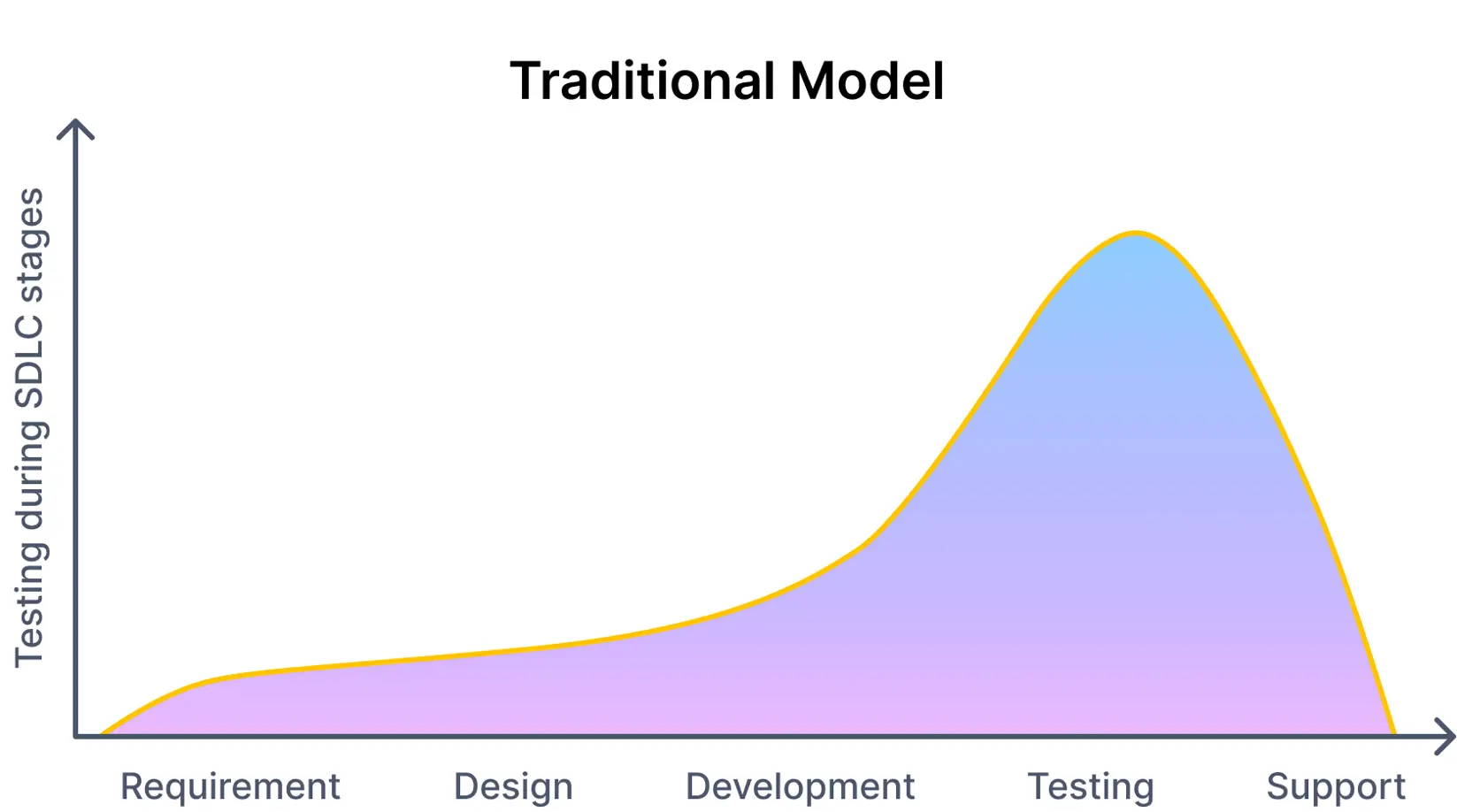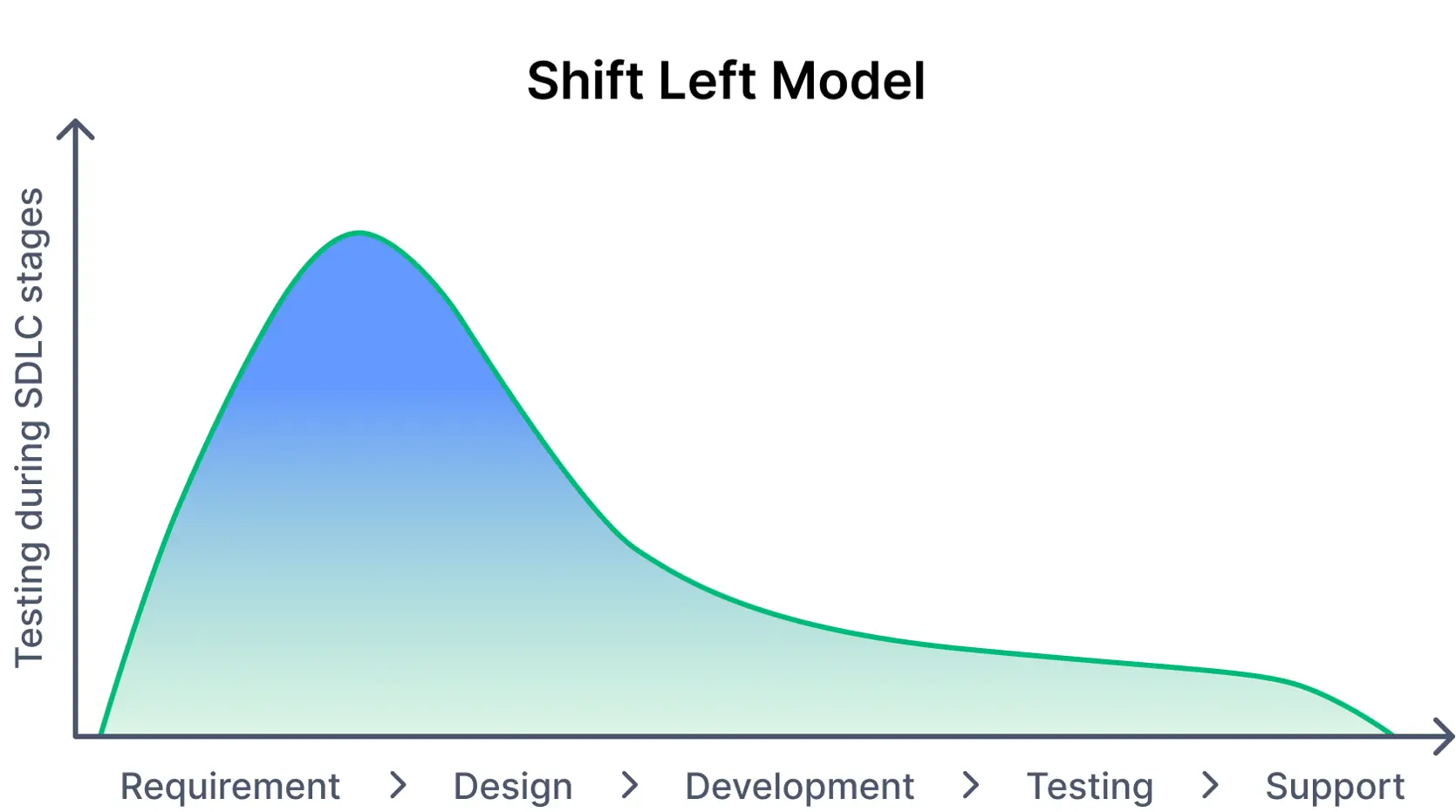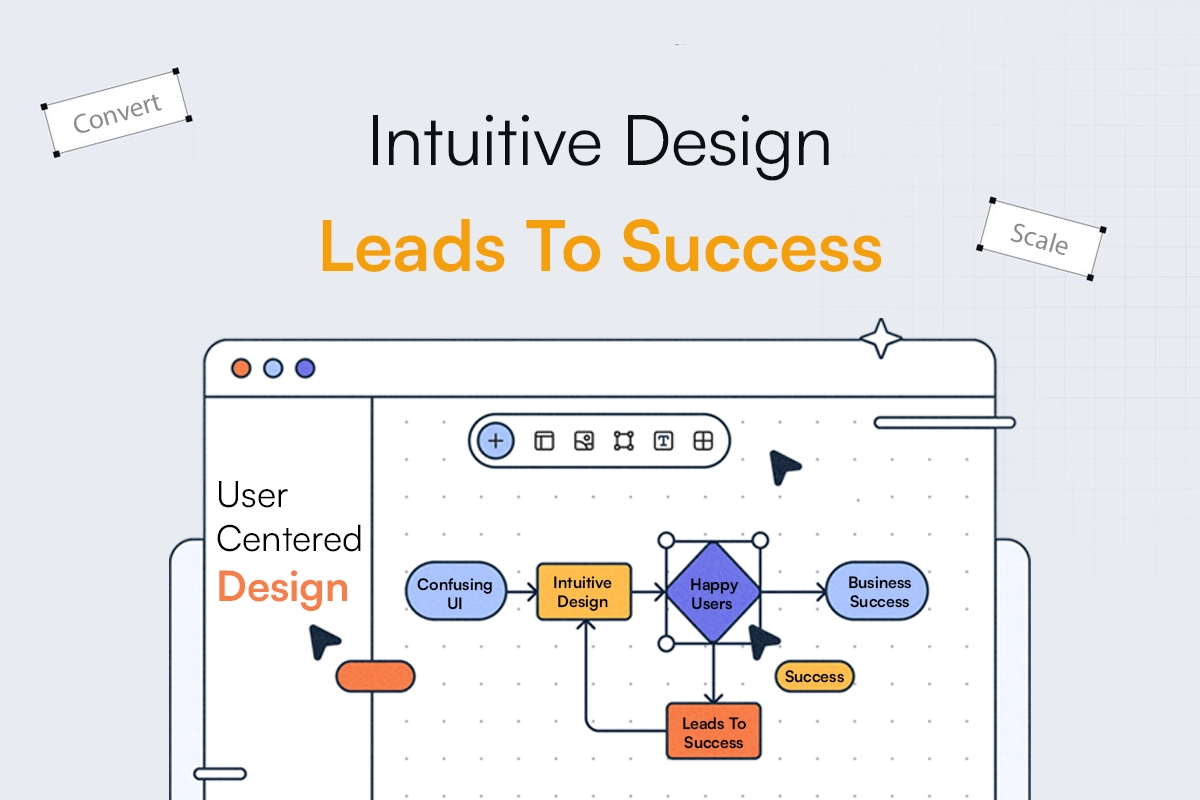From Reactive to Proactive: How Shift Left Testing Transforms Your Software Delivery

Introduction to Shift Left Testing
As Software Testing has evolved to meet the growing expectations of delivering high-quality software in a short period of time, the landscape has undergone a lot of changes. While the Waterfall Model has been followed back in time to test software applications, the need to keep release cycles shorter has made the industry look for alternate solutions. As a result, several organizations are adopting agile approaches where different testers with various skill sets participate in the testing process in the early stages. This movement vastly refers to “shifting left.”
Shift-Left Testing emphasizes the proactive engagement of quality assurance throughout the software development lifecycle, promoting early identification and mitigation of issues. Teams can catch issues earlier and reduce the costs and complexities associated with fixing them in the future by changing their mindset and practice to identify and correct defects at their source. By emphasizing early testing, organizations can achieve improved software quality, accelerated time to market, and enhanced collaboration between developers, testers, and other stakeholders. It aligns with the principle of “prevention is better than cure,” allowing teams to prevent potential issues and ensure smoother development.
What is Shift Left Testing?

In the old model, testing only played a role at the far right of the line. As a result of recognizing the bottleneck, the initiation of testing needs to be moved as far left as possible.

If we imagine our software development process as a timeline flowing from left to right, then the “shift left testing” becomes somewhat axiomatic.
Shift-Left Testing is an approach in software development that accentuates moving testing activities earlier in the development process to improve software quality, test coverage, and time to market. By fostering collaboration among team members, including testers, developers, and stakeholders, in the testing process and incorporating testing for both new and existing features, companies can uphold a robust codebase, receive ongoing feedback, and expedite product delivery to market.

Benefits of Shift Left Testing
1. Speeds Up the Time to Market
The sooner the team gets started on the project, the sooner they finish. Shift left testing empowers businesses to choose an all-encompassing strategy for their development, resulting in a shorter time to market.
The shift left testing allows critical issues to be identified and corrected quickly and more efficiently earlier in the software development cycle. By using shift left the total time is cut in half, decreasing time to market and getting the product to the client quicker.
2. Problem identification in the Earliest Stages of Product Development
The sooner problems are identified, the sooner they can be resolved. Implementing the shift left approach enables the software to be evaluated more efficiently and sampled for functionalities, features, and performance.
This is particularly important when the test execution occurs right at the start of the developmental cycle. The overall quality of software is significantly impacted by increased test coverage, but luckily, test coverage automatically increases with the shift left testing approach.
By simply including testers earlier in the development process, developers will catch faults more quickly, giving them more time to fix them and avoid compound mistakes. This means we lose less time dealing with faulty implementation since flaws are discovered early, which is so important in the software development cycle.
3. Greater Efficiency in the Testing Process
The QA team has adequate time to investigate a product further and put creative testing techniques into practice. Additionally, it helps the testing team become familiar with the relevant tools and technologies. This approach also makes it simple to streamline software development process steps.
4. Preserves Software Quality
Incorporating stringent and regular code reviews and quality assurance tests into the development life cycle automatically enhances the written code’s quality.
This allows for efficient contact between developers, testers, and stakeholders, which also improves the code’s capability. Through regular communication and feedback, the products consumers receive are adequate in terms of standards and quality.
5. Automation
Shifting left gives a greater artifice to Automate Testing. Test automation provides some critical benefits like much fewer human errors, increased test coverage (multiple tests can be conducted at the same time), ability for testers to focus on more interesting and fulfilling tasks, fewer production issues.
6. Allows for Continuous Feedback
Creating a continuous feedback structure ensures testers can provide developers with input throughout and after the development phase.
By continuous feedback throughout the whole software development life cycle, it will become easier to close the gap between teams and improve participation and work quality for all.
Organizations can unlock these benefits and pave the way for more efficient, collaborative, and high-quality software development practices, by embracing Shift-Left Testing.
Strategies to Implement Shift Left Testing
- Early Test Planning and Collaboration:
○ Involve testers from the start to ensure testing requirements and the customer journey are understood.
○ Collaborate with stakeholders, including developers and product owners, to define clear test objectives.
○ Define open communication channels to facilitate early problem identification and resolution.
○ Engage all team members upfront so that a common understanding of the feature or project are understood.
- Test Automation:
○ Leverage test automation tools and frameworks to automate repetitive and time-consuming testing tasks like regression suites.
○ Focus on automating critical test scenarios and regression tests to ensure comprehensive coverage and faster feedback.
○ Invest in test automation frameworks and infrastructure to support efficient and scalable test executions using strategies like test parallelization.
- Continuous Integration and Continuous Delivery (CI/CD):
○ Integrate functional automation and performance testing into the CI/CD pipeline to perform automated tests with every code change.
○ Implement continuous integration practices to validate code changes and prevent defects from entering the mainline codebase.
- Use static code analyzer
○ These tools can help to catch defects in the code before it is even run. So in the early development phase they can identify potential bugs, security vulnerabilities, and other issues in an.
- Conduct code reviews
○ By reviewing code before it is merged into the codebase, the development team can identify potential issues and improve the software quality.
- Incorporate testing into the design phase
○ Testing should be incorporated into the design phase of the software development life cycle. This way, the development team can save time and effort later in the development.
- Use test-driven development
○ This testing strategy involves writing tests before writing code. Test-driven development promotes a methodical and organized coding approach, fostering modularity and structure that enhance the codebase’s long-term maintainability and adaptability.
- Use Behavior-driven development
○ This can be a valuable strategy for shifting testing to the left, as it helps to ensure that the behavior of the system is clearly defined and tested early in the development cycle.
- Early Performance and Usability Testing:
○ Conduct performance and usability testing in the early stages of development to identify potential bottlenecks, scalability issues, and user experience challenges.
○ Use appropriate performance testing tools and methodologies to simulate real-world scenarios and gather performance metrics.
○ Involve user experience (UX) experts and conduct usability testing to validate the application’s user interface, accessibility, and overall user experience.
- Quality Metrics:
○ Identify KPIs and metrics to help you drive continuous improvements with Shift Left Testing.
○ Pick metrics or KPIs that drive continuous improvements and performance measurements.
Organizations can shift testing activities to the left, integrating them earlier in the development process, by adopting these strategies. This enables early defect detection, faster feedback, and more efficient software delivery while ensuring high quality and meeting user expectations.
Challenges and Considerations
Contemning the many advantages of the shift-left strategy, a few challenges still exist in its successful implementation. Some of which are:
- Quality control:
Due to the overall challenges of working with a team of individuals and thousands of lines of code, maintaining the right levels of quality control during the shift-left processes and the subsequent transition process to the deployment phase can be challenging. To beat this, it is best to adopt shift-left strategies early in the software development process.
- Code audits:
Code auditing is a prequel to the shift-left processes. It is customary for organizations to regularly audit code during the development of software. When code auditing is not done properly, it makes it difficult for the code testing process to run smoothly.
- Skill set requirements:
Particularly in areas such as test automation, continuous integration, and continuous delivery, left shift may require additional skills and expertise from team members. For this, teams can invest in training programs to develop the required skill sets.
- Developers:
Developers face a unique challenge to the adoption of shift-left strategies. Most developers are not too keen on regularly testing software as they build it and thus testability must become a key aspect of their skill set.
- Improper planning:
Shift-left strategies can be difficult to execute if a plan is not in place at the initial stage to guide the entire process.
- Time and resource constraints:
Implementing shift left testing can be time and resource-intensive. To address this, teams can prioritize the most critical and high-risk areas of the software to test early in the development life cycle. Additionally, adopting agile and DevOps practices can help teams to streamline testing and improve test automation.
Teams can successfully implement the shift left testing approach and reap the benefits it provides by identifying and addressing these challenges and considerations, teams
Conclusion
‘Shift Left’ Testing brought a tremendous change for the whole ‘Testing’ job. Till that, the sole concentration for the Testing was uniquely on ‘Defect Detection’, and now the point of the ‘Shift Left’ from the Testing aspect is an excursion of ‘Early Defect Detection to Defect Prevention’ also reduces the overall cost of software development. As the software development landscape continues to evolve, Left Shift Testing stands as a beacon of innovation, empowering teams to build robust, reliable, and cost-effective software that meets the demands of today’s fast-paced industry.
However, it’s important to keep in mind that there are also challenges and considerations associated with this approach, such as the need for proper tooling (e.g. for test automation), cultural change, and skill set development. By understanding these challenges and implementing the right strategies and tools, teams can successfully shift their testing efforts to the left and deliver high-quality software faster and more efficiently.





